'After the recent landslides, we have realised that all is not well in the Western Ghats'
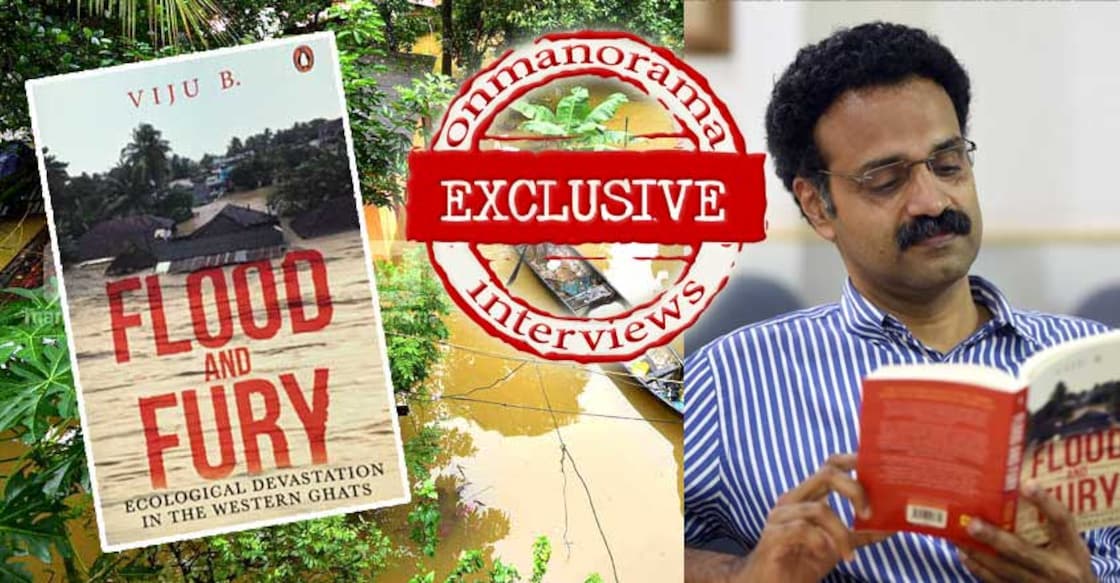
Mail This Article
Journalist-author B Viju's Flood and Fury, published by Penguin Random House, deals with the issues that need to be addressed urgently to protect the Western Ghats.
Viju began working on the book in the wake of the 2018 floods. As he is preparing to launch the book on August 20, Kerala is being rattled by another round of floods and landslides. In an exclusive interview with Onmanorama, Viju says that "we have realised that all is not well in the Western Ghats after the recent disasters in Wayanad and Malappuram."
Excerpts from an interview:
What are the reasons for writing Flood and Fury?
The August floods that occurred last year was what spurred me to think of writing the book, Flood and Fury. I have been writing about various ecological problems related to Western Ghats region for almost a decade. In October 2010, I travelled to Sindhudurg, where 49 mountains, which are part of Western Ghats in Maharashtra, were proposed for mining by the directorate of geology and mining, government of Maharashtra.
There was a huge pressure on the gram panchayats from the mining companies as well as local politicians to pass a resolution to approve the mining leases, as the mineral-rich mountains were estimated to be valued around a whopping Rs 50,000 crore in the international market. In fact mining had already begun at Kalane hills.
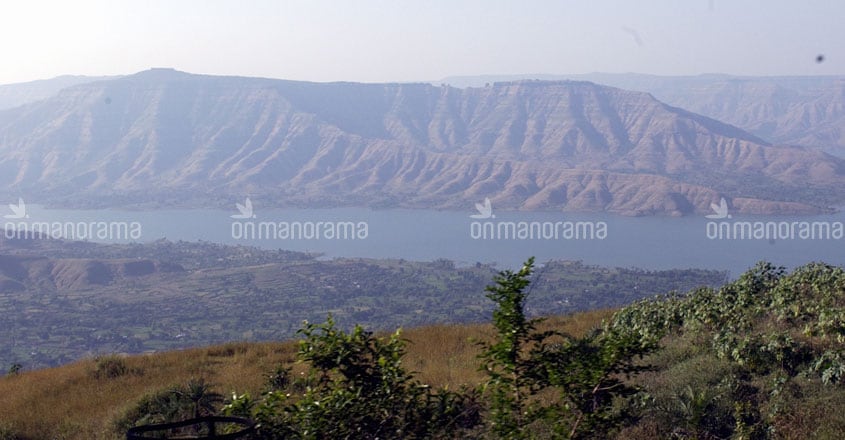
I did a series of news reports which appeared in the Times of India, following which the then minister of Environment and Forest Jairam Ramesh asked the government of Maharashtra (Congress was in power at that time) to review the proposed leases and we could stop a huge ecological disaster that would have occurred in Sindhudurg district, incidentally the greenest district in Maharashtra.
After that, I had felt the need to write a book, looking at the ecological devastation in the entire Western Ghats region.
A year later, in 2011, Madhav Gadgil's Western Ghats Ecology Expert Panel (WGEEP) report was submitted to the Ministry of Environment and Forest, even as mining continued unabated in Goa. I felt happy because now the Western Ghats region would be protected.
But the report was never implemented and the destruction of Western Ghats continued.
After covering the Kerala floods in August 2018, I felt the need to do write the book once again. After visiting the landslide -hit areas in Idukki, I knew that these were largely man-made disasters and decided to probe further. Unfortunately, the mainstream media was still struck in the debate of whether the floods occurred due to excessive rainfalls or delay in opening up of the dams. The fundamental problem, though lies elsewhere, which we refused to talk about for almost a year, post floods. After the recent disasters in Wayanad and Malappuram, we have realized that all is not well in the Western Ghats.
So, the central character of my book is Sahyadri , the original name by which Western Ghats was known in ancient India. Sahyadri means benevolent mountains.
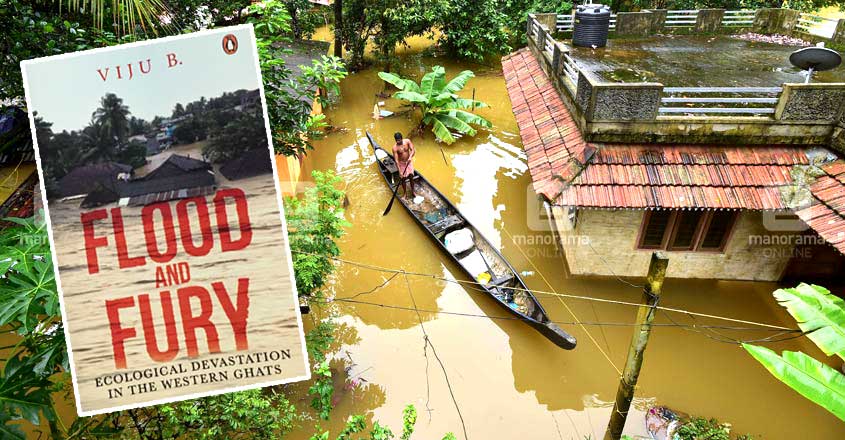
The narrative is weaved through the lives of numerous characters living in Sahyadri’s bosom, who pursue their aspirations, many a time cocooned in their prejudices, insecurities, faith and greed, while a very few care to protect her lifelines, the rivers and forests for posterity.
Why do you make the prediction that 'Kerala floods (of 2018) might be trailer of the grimmer things to come' in the introductory chapter?
The line has unfortunately turned prophetic today.
My prediction was based on three studies. The first one was by Dr Sajin Kumar, Thomas Ommen and Richard Coffman on the geotechnical impact of the landslides in Munnar. The second one was the Geological Survey of India study that probed into over 100 landslides in Coorg. And the last one was the Kerala Forest Research Institute study by TV Sajeev and Alex C J on the number of quarries in the river basin and ecologically sensitive zones of the Western Ghats.
In fact, I did not take these studies on the face value, but as I travelled and saw directly where these landslides were located, especially in Idukki, Palakkad, Wayand and Coorg and interviewed people living in these areas, I realised that most of the landslide related deaths in Kerala were man-made disasters.
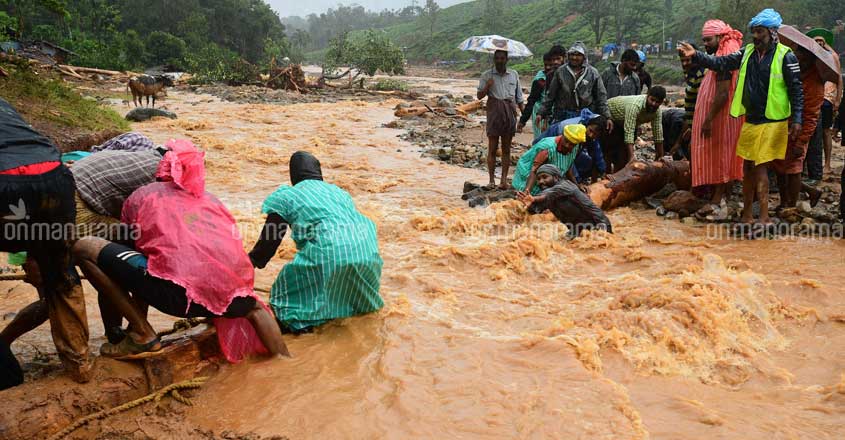
There was manipulation of natural landscape through massive cutting of hills for construction of houses, unscientific expansion of roads, quarrying and cultivation of mono-crop plantations.
We should see the landslides in Wayanad and Idukki as an extension of what occurred in 2018.
Last year, the government got away with two excuses that the floods were due to a once in a 100 year rainfall phenomenon, and the India Meteorological Department (IMD) did not give them enough early rainfall warnings.
We also heard another reason that the shutters of 57 dams in the State were not opened on time. But this year, the IMD did issue red alerts, and in spite of that disaster occurred in Wayanad and Malappuram.
So we should understand the issue is not as black and white as huge rainfalls or the excess storage of water in dams.
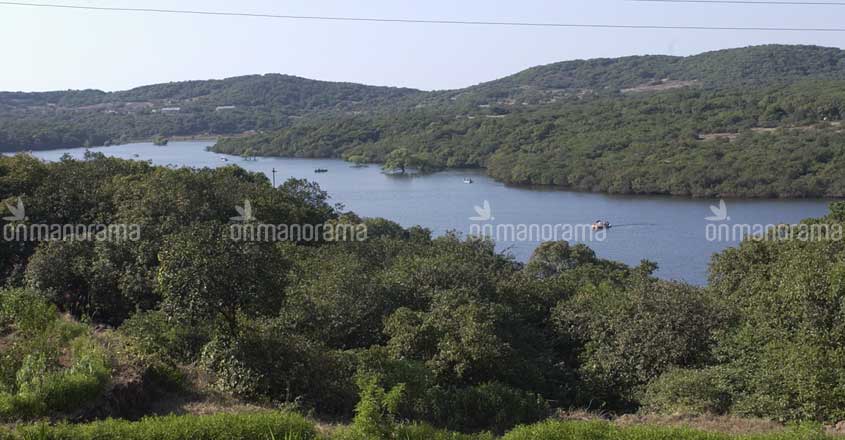
The problem lies much deeper and it is related to the ecological destruction of Western Ghats.
I had predicted in the book, based on several climate change and land use pattern studies, and also interacting with the marginalized communities in Wayand, who are usually the first victims in the line of impact, that the district stands at a tipping point due to the impact of climate change and destruction of green zones. I had said that this district will be one of the worst hit regions in Kerala. Unfortunately, it happened exactly like that. The Meppadi- Nilambur region, where a majority of the landslides occurred was demarcated as Ecologically Sensitive Area (ESA) by the Gadgil Panel. It was ignored and there was change in land use like clearing of hills for mono-crop cultivation and quarrying. So when the area witnessed intense rainfalls, the already loosened soil and rocks came down and resulted in landslides.
What was the most touching experience during your journey for this book?
There are so many, actually, which are all mentioned in the book. The book is a mixed bag, it has both inspiring stories, even as I narrated the ecological devastation of Estern Ghats.
For instance, the gutsy story of how Devadas, the Kutttanad farmer, whose entire paddy fields at Kunnumma was under water for months together and yet they fought back the fury of the nature and had a bumper harvest in March, 2019.
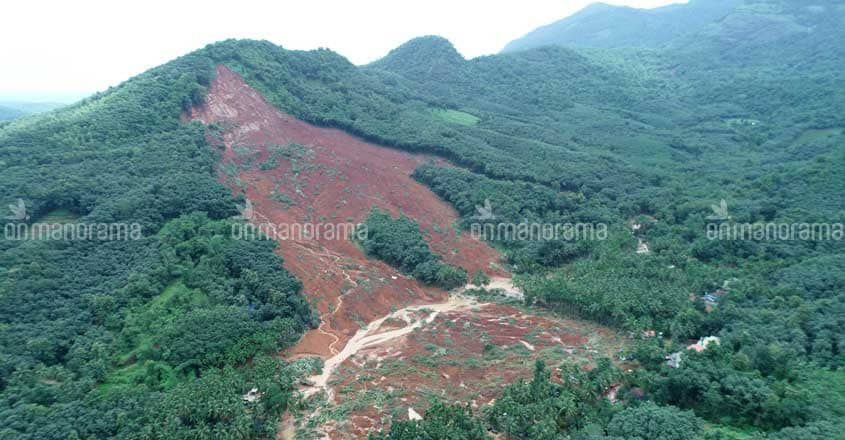
How N M Shaji, a Plant Genome Savior Farmer Award winner and a third generation settler who conserves over 100 varieties of indigenous tuber crops in Mananthavady in Wayanad was asked by the Krishi Bhavan to bring photographs of dead hens for a small compensation after the floods. Every chapter has one or two such stories, which shows that man is capable of surviving any tragedy and how people had no helping hand and had to fend for themselves after floods.
The book also focuses on how man is capable of being so greedy and ruthless that he can blast a very ancient heritage, much older than the Indian civilization, which is the Western Ghats.
One great experience I always will cherish is the trek with a few forest guards, who entered the majestic Silent Valley for the first time after floods, as it had remained closed for almost the entire season.
Silent Valley forest, in many ways is our little version of the Amazon forest, in terms of its huge bio-diversity, perhaps the richest in the entire Western Ghats.
We saw, from a distance, how the wild animals, birds and even the entire virgin forest was on a song, and looked so happy and cheerful, with zero interference from human beings. That was a big lesson for me.
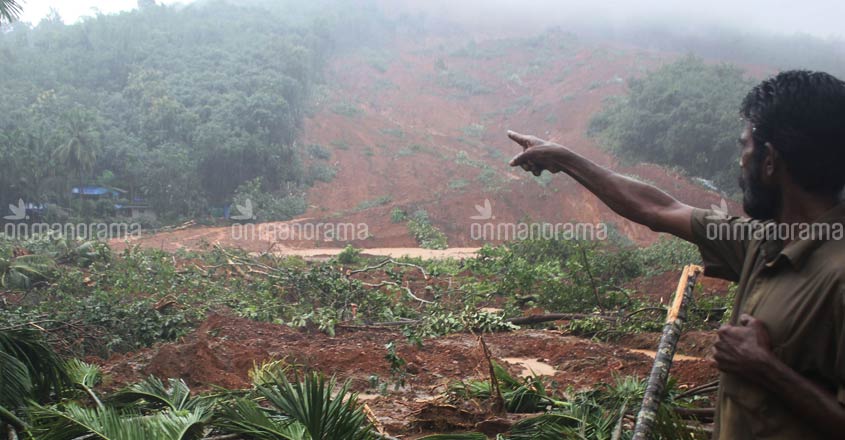
How much of human intervention caused destruction in the Western Ghats?
When we talk about Western Ghats it is not enough that we talk about just the forests, which is anyway conserved under the Forest Act of 1980. The important thing is to conserve the buffer zones of Western Ghats, which include the rivers and greenery around it which acts like the flesh and blood of these mountains without which it will remain a bare, barren skeleton.
Then obviously the most important part would be where the spots which is closest to the forest, where many streams originate and then form into river later as it comes down. When you have a quarry on the mountain to even outside the forest region, in the buffer zone, you are destroying the streams. So we need to grade these buffer zones into various zones, as suggested by the Gadgil Panel. As per the Kerala forest Research Institute study by Sajeev and Alex showed that 50% of the quarries come under Ecologically Sensitive Zones. This not only destroys water sources, but even destablizes the fragile landscape.
Do you think settler communities are destroying the Western Ghats?
I don’t think so. My book has plenty of descriptions about settlers who are doing eco-restoration works in Wayanad and Idukki. In fact, the government promoted their settlements and farming in the high ranges, as per of the 'Grow more, Grow food' campaign in the early 1940s. We lost considerable amount of forest.
In Wayanad alone, we lost 1000 square kilometer of forest land, which is equivalent to the size of New Delhi, between 1950-80. But the real destruction began in the late 80's to this date because of resorts, quarries and expansion of roads. All these activites were done by the rich and powerful with the help of politicians.
Do you think Gadgil Panel report is a panacea for all future environmental disasters?
The Gadgil Panel report is just a recommendation. I had interviewed Madhav Gadgil for this book. Towards the end of it, he said, "Now that everyone hates my name, what you can do is do not mention my name but quietly try to implement some of the key recommendations."
So the key point here is not what Gadgil predicted became true or not, but some of the fundamental ecological questions that needs to be addressed. It has become a trend, especially in the era of social media, to make someone a villain and then a hero, and not to touch the core issue.
We should realize that regeneration of rivers and barren mountains will require many years and an alternative green vision needs to be envisioned, rather just putting in paper words like Haritha Keralam, and then allow six quarries to operate in every panchayat.
We know it took decades for the polluted Thames river to come back to its normal healthy state.
Just by shutting down quarries for a few months serve no purpose, as the real estate lobby will say there is a huge construction crisis and we will be forced to start it gain.
We need to promote alternate solution like eco–friendly materials and designs in tune with the locale. We need urgently do a landslide audit and river audit, which should have been done post-floods last year.
We need to extend help out the marginalised, tribal communities, the real sons of forests, to get back their alienated lands and find a sustainable platform for selling their organic products.
We also should also think of rewarding eco-services rendered by highland people in case they are ready to protect the western ghats region, by probably taxing people staying in the cities.
People in New York city pay extra taxes to farmers for protecting the lakes in the hinterland. If we don’t provide sustainable options, the people staying in highlands will silently support the quarry or resort lobby for short term gains.
The government needs to bring in a paradigm shift in development model, moving away from the mere pursuit of commercial interests to a more sustainable and long term development of the region, which includes the ecology as well. That is the urgent need of the hour, in the era of climate change. If we don’t start soon, in the coming years we will see more such natural disasters to occur in the Western Ghats.
(Noted writer NS Madhavan will release Flood and Fury at TDM Hall in Kochi on August 20, 3.30pm)

